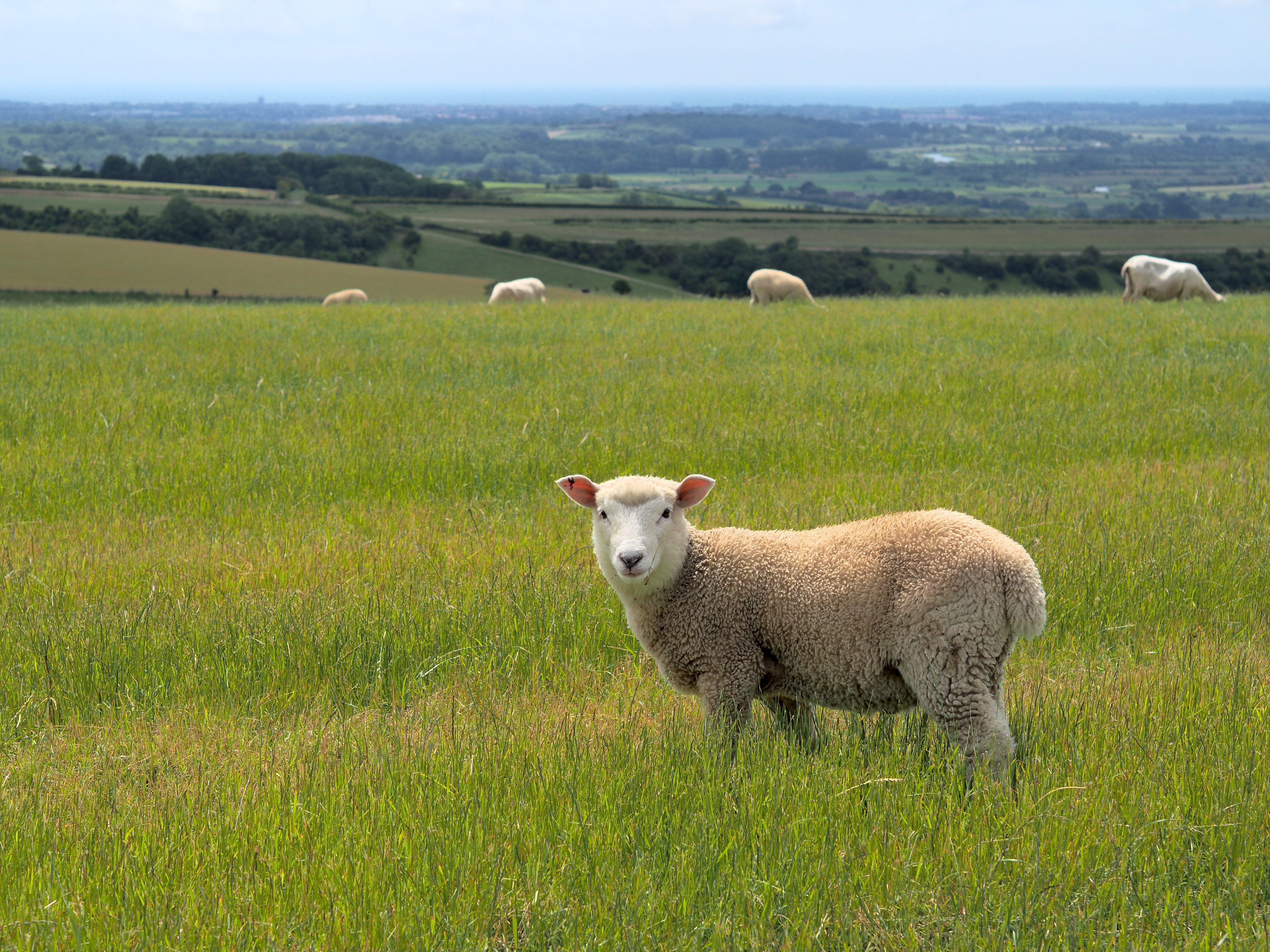 Has anyone else been dreaming of a hobby farm? No? Just me? I would say that it’s a fever dream, but I have no fever. I have to admit that this is not a new dream for me. I have been having this dream for a long, long time now. I have always loved animals and my kids have had just about every variety of pet. I started keeping backyard chickens in the early 2000s. But now I have a new obsession: SHEEP!
Has anyone else been dreaming of a hobby farm? No? Just me? I would say that it’s a fever dream, but I have no fever. I have to admit that this is not a new dream for me. I have been having this dream for a long, long time now. I have always loved animals and my kids have had just about every variety of pet. I started keeping backyard chickens in the early 2000s. But now I have a new obsession: SHEEP!
It all started with me trying to declutter my life and then trying to build a sustainable capsule wardrobe. That’s when I discovered how difficult it was to find natural fibers any more. “Worn: A People’s History of Clothing” by Sofi Thanhauser took me on a journey of clothing and how it has changed over time, along with just what colonialism and globalization have done to the quality and durability of our clothing. It also shows what it has done to our societies. Any history of this sort is bound to be depressing, but it does end on a positive note — a wooly note.
I have been taken with wool for a few years now. I participated in a vendor’s 100-day challenge to wear the same wool dress for 100 days. I did it through the summer and loved it. I discovered that wool magically keeps you warm when it’s cold but also keep you cooler when it’s hot and humid. Fortunately for my co-workers and family, wool also doesn’t absorb odors like many other fibers. It also has antimicrobial properties so that it doesn’t have to be washed as often, saving on work and water.
In “Vanishing Fleece: Adventures of American Wool,” Clara Parkes tracks a 675-pound bale of wool that was given to her. She split it into four parts and followed them through four different systems to the final production and dying of her yarn. Her journey highlighted both a mostly disappearing industry and the sustainability of wool.
Another book about the sustainability of wool is “Fibershed: Growing a Movement of Farmers, Fashion Activists and Makers for a New Textile Economy” by Rebecca Burgess. Our region has a local(ish) Fibershed group, the Kaw Point Fibershed, based near Kansas City, that has met here at the Columbia Public Library at least once (and hopefully will again?). According to their website, the fashion industry “creates more CO2 emissions than international flights and maritime shipping combined.” But wool and wool production serve as a carbon sink. Even wool that is not used in fiber production can be used as a mulch and fertilizer in organic gardening.
So now I’m sitting here poring over books like “The Joy of Hobby Farming” and “On the Farm: Heritage and Heralded Animal Breeds and Stories” and researching which heritage breed sheep would suit me, an extreme novice. Teeswater or Southdown? What about Cotswold? Did you know that you can keep up to 6 sheep on a single acre? Do I HAVE a single acre? No, I do not. Do I live in the country? No. I do not. Will I REALLY get a flock of sheep? Probably not. Maybe not. Maybe.
You can find more hobby farm-dreaming books here. Happy Spring, Everyone!
Image credit: Sheep, Dmitry Djouce via Flickr (license)


